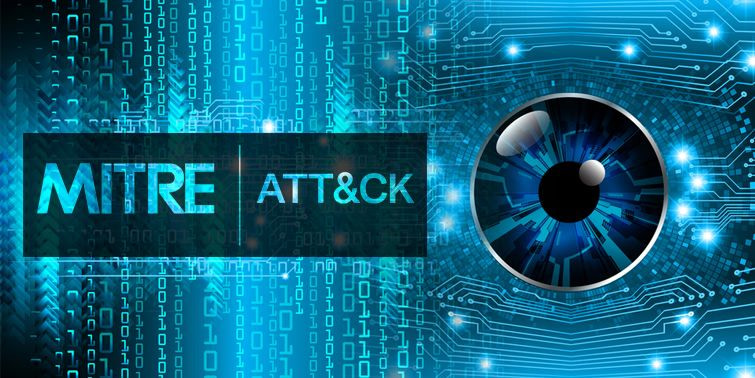Remediate Security Alerts Using Azure Defender (part 2)
To read part 1 please click here
MITRE ATT&CK Tactics
Each alert type has a description, severity, and MITRE ATT&CK tactic. Security Center's kill chain intents are based on version 7 of the MITRE ATT&CK matrix and described in the table below:
|
Tactic |
Description |
|
PreAttack |
It
could be either an attempt to access a certain resource regardless of
malicious intent or a failed attempt to gain access to a target system to
gather information prior to exploitation. This step is usually detected as an
attempt, originating from outside the network, to scan the target system, and
identify an entry point. |
|
InitialAccess |
It
is the stage where an attacker manages to get a foothold on the attacked
resource. This stage is relevant for compute hosts and resources such as user
accounts, certificates, etc. |
|
Persistence |
It
is any access, action, or configuration change to a system that gives a
threat actor a persistent presence on that system. Threat actors will often need
to maintain access to systems through interruptions such as system restarts,
loss of credentials, or other failures that would require a remote access
tool restart or provide an alternate
backdoor for them to regain access. |
|
PrivilegeEscalation |
It
is the result of the actions that allows an adversary to obtain a higher
level of permissions on a system or network. Certain tools or actions may
require a higher level of privilege to work and are likely necessary at many
points throughout an operation. |
|
DefenseEvasion |
It
consists of the techniques an adversary may use to evade detection or avoid
other defenses. Sometimes these actions are the same as (or variations of)
the techniques in other categories that have the added benefit of subverting
a particular defense or mitigation. |
|
CredentialAccess |
It
represents the techniques resulting in access to or control over system,
domain, or service credentials used within an enterprise environments.
Adversaries will likely attempt to obtain legitimate credentials from users
or administrators account to use within the network. |
|
Discovery |
It
consists of the techniques that allows the adversary to gain knowledge about
the system and internal network. When adversaries gain access to a new
system, they must align themselves to what they now have control of and what
benefits operating of that system gives to their current objective and
overall goals during the intrusion. |
|
LateralMovement |
It
consists of the techniques that enables an adversary to access as well as
control remote system on a network and could, but not necessarily, include
execution of tools on remote systems. An adversary can use lateral movement
for many purposes, including remote Execution of tools, pivoting to more
systems, access to specific information or files, access to additional
credentials, or to cause an effect. |
|
Execution |
This
tactic represents the techniques that results in the execution of
adversary-controlled code on a local or remote system. This tactic is often
used in conjunction with lateral movement to expand access to remote systems
on a network. |
|
Collection |
It
consists of the techniques used to identify and gather information, such as
sensitive files, from a target network prior to exfiltration. This category
also covers locations on a system or network where the adversary may look for
the information to exfiltrate. |
|
Exfiltration |
It
refers to the techniques and attributes that results or aid in the adversary
removing files and information from a target network. This category also
covers locations on a system or network where the adversary may look for
information to exfiltrate |
|
CommandAndControl |
This
tactic represents how adversaries communicate with systems under their
control within a target network. |
|
Impact |
Impact
events primarily try to directly reduce the availability or integrity of a
system, service, or network, including manipulation of data to impact a
business or operational process. This would often refers to techniques such
as ransomware, defacement, data manipulation, and others. |
Suppress Alerts from Azure Defender
- Suppress alerts that you've identified as false positives.
- Suppress alerts that are being triggered too often to be useful.
The alerts that have already been triggered on the selected subscriptions can only be dismissed by the Suppression rules.
Manage Security Incidents & Threat Intelligence Reports
Incidents appear on the security alerts page, you can select an incident to view the related alerts and get more information.
Generate threat intelligence reports
- Attacker's identity or associations
- Attacker's objectives
- Current and historical attack campaigns
- Attackers' tactics, tools, and procedures
- Associated Indicators of Compromise (IoC) such as URLs and file hashes
- Victimology, which is the industry and geographical prevalence to assist you in determining if your Azure resources are at risk.
- Mitigation and remediation information
- Activity Group Report- provides deep dives into attackers, their objectives, and tactics.
- Campaign Report- focuses on details of specific attack campaigns.
- Threat Summary Report- covers all of the items in the previous two reports.
This type of information is very useful during the incident response process, in which there is always an ongoing investigation to understand the source of the attack, the attacker's motivation, and what to do to mitigate this issue in the future.
To read part 1 please click here




Comments
Post a Comment